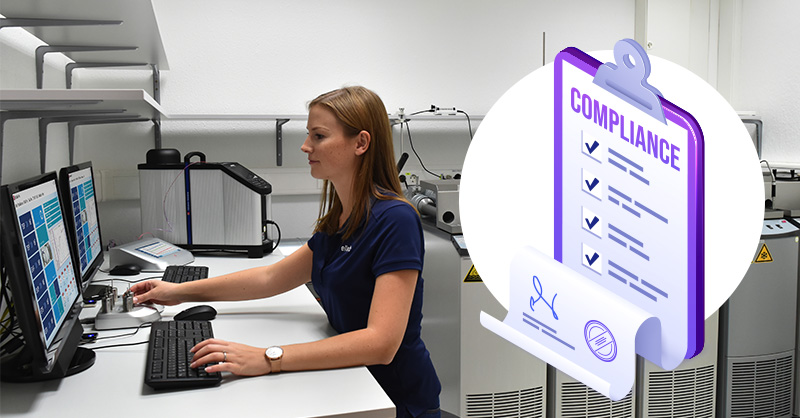Calibration
How to Maintain Compliance with an Effective Calibration Program

Whether you’re an expert or new to the field, our guide will provide you with actionable insights to help keep you compliant with a Calibration Program.
Maintaining compliance is not just a checkbox; it’s a dynamic process that ensures the accuracy and reliability of measurement instruments, ultimately impacting the quality of products and services.
Calibration may not be the most exciting task in the world of Good Manufacturing Practices (GMP) but it’s undeniably one of the most critical. In a GMP environment, even the slightest deviation from calibration schedules can trigger compliance nightmares.
If you’ve ever experienced anxiety at the mention of ‘Out-of-Tolerance’ then read our key steps for success in calibration project planning.

